Podcast: Play in new window | Download
Subscribe: Apple Podcasts | RSS
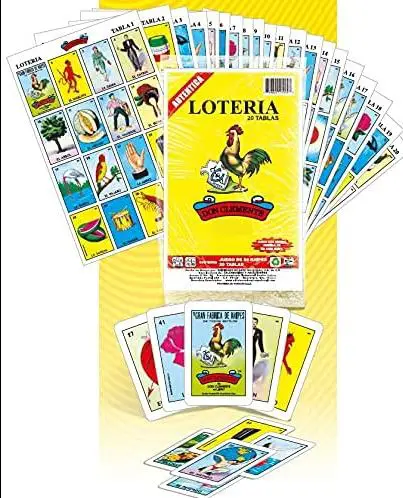 “’Don Clemente, Buenos dias.’
“’Don Clemente, Buenos dias.’
Although I’ve never met her, I have an image of María firmly in my mind. She answers the phones at the sales office for Don Clemente, the original mass producers of Mexico’s iconic Lotería game whose presses have been running non-stop since 1887 cranking out millions of these games. María’s voice is smoky, almost sultry, like a film star from the Golden Age of Mexican cinema. In my head this receptionist is a combination of María Felix, Isabela Corona, and Dolores del Río (for those not acquainted with these stars, they are definitely worth a look-up). She is usually quick to be professionally cheerful, but over the past few months the lilt has been missing from that raspy voice of hers.
While María points out that my company is probably the #1 seller of these picture bingo games in the United States – and I do sell untold crates of these games – my orders are not enough to stop a downward trend the company has seen in the past few years. As Mexico and the rest of Latin America go increasingly digital, it seems that interest in this once highly popular game is diminishing. The Lotería is seen as an older person’s game and a relic from another time. It’s losing ground to the likes of Angry Birds and Grand Theft Auto V.
I knew something was going on when this company started cutting its product lines. Historically, they have sold all sorts of games from finely made decks of Spanish playing cards to Serpientes y Escaleras , which is similar to the Chutes and Ladders game, but with more interesting pictures and situations. They’ve also sold party supplies like confetti and streamers. Competition from China and the easing of trade restrictions in Mexico have cut into a lot of Don Clemente’s other businesses. I’m concerned about their core, though, which has been a staple in my business since Day 1 and has represented an enduring fixture of Mexican popular culture.
In a phone call before Christmas, I promised María that we would put our heads together to come up with some plans to revive the sagging sales of the game. She said that the future of the game might be in the United States with an increasing Hispanic population and with many Americans wanting to learn Spanish. I really couldn’t come up with many ideas other than to promote the game more through my business which I have already been doing. Should the company create a phone app? An interactive multi-player internet game?
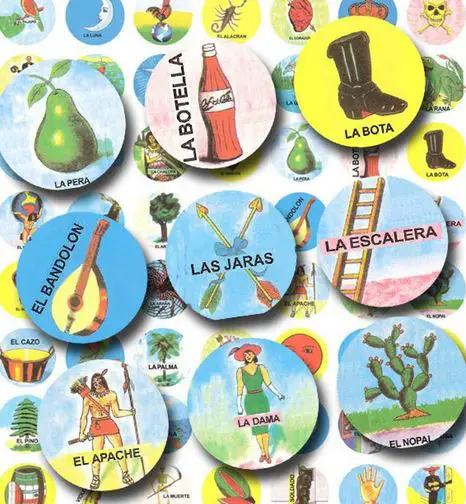 I’m aware that cultural trends ebb and flow and what is hot one year is not hot the next, but when something that seems so entrenched in a culture is fading away, I can’t help but feel kind of sad. I will continue to sell these games as long as my customers want them, but I have a feeling that one day soon I will call the Lotería sales office and the rich voice of María will be replaced by a mechanical ‘this number is no longer in service’ message.”
I’m aware that cultural trends ebb and flow and what is hot one year is not hot the next, but when something that seems so entrenched in a culture is fading away, I can’t help but feel kind of sad. I will continue to sell these games as long as my customers want them, but I have a feeling that one day soon I will call the Lotería sales office and the rich voice of María will be replaced by a mechanical ‘this number is no longer in service’ message.”
I posted the above to the blog connected to my business, Sueños Latin American Imports, on Wednesday, February 19, 2014. A lot has changed since then. María has since retired and global lockdowns have been a boon to Don Clemente, breathing new life into the brand and into the familiar Mexican bingo game.
For those unfamiliar with Lotería, it is a Mexican game of chance much like bingo, but using images called out from a deck of cards rather than numbers and letters called out from ping pong balls taken out of a bucket. The deck of calling cards has 54 different images and those images are randomly arranged on tablas or boards placed in front of the player. Each tabla has 16 images on it, arranged on a grid, going four by four. The images also have a number associated with them, but they are rarely referenced during play. When an image is called out, the player places a pinto bean, a plastic chip, a pebble or whatever on their tabla in front of them until a certain pattern is completed at which time the player calls out, “Lotería!” A player can win if they get four across, four up and down, one in each corner, and four in a box shape called a pozo. “Blackout” games are common in the US but not in Mexico. Lotería games are usually sold in packets containing 10 or 20 different boards, including the deck of 54 calling cards. Some games come with plastic markers, but most do not. To purchase a game with some of the proceeds going to Mexico Unexplained, please see the link in the description.
Like the sugar confection craft called alfeñique used in sugar skulls as discussed in Mexico Unexplained episode number 120 https://mexicounexplained.com/art-sugar-skulls/ the Lotería game has Italian origins. A picture bingo game like what is now played in Mexico began in Italy in the 1400s. It arrived in Mexico in the 1760s and was a parlor game played by the upper classes. Over the next 100 years La Lotería slowly evolved into what it is today with its familiar images known to all Mexicans. Here is a run-down of each image with is corresponding number and the translation into English.
- El Gallo, “The Rooster”
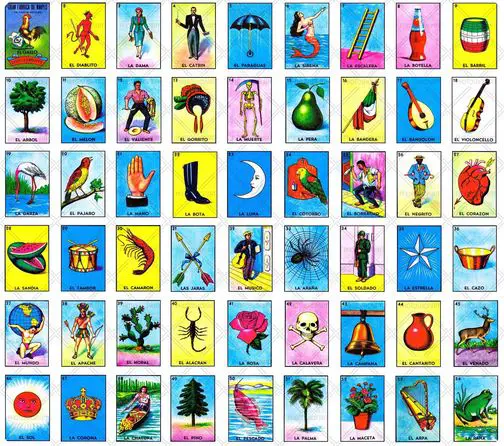
- El Diablito, “The Little Devil”
- La Dama, “The Lady”
- El Catrín, “The Fancily Dressed Man”
- El Paraguas, “The Umbrella”
- La Sirena, “The Mermaid”
- La Escalera, “The Ladder”
- La Botella, “The Bottle”
- El Barril, “The Barrel”
- El Arbol, “The Tree”
- El Melón, “The Melon”
- El Valiente, “The Brave Man”
- El Gorrito, “The Bonnet”
- La Muerte, “Death”
- La Pera, “The Pear”
- La Bandera, “The Flag”
- El Bandolón, “The Mandolin”
- El Violoncello, “The Cello”
- La Garza, “The Heron”
- El Pájaro, “The Bird”
- La Mano, “The Hand”
- La Bota, “The Boot”
- La Luna, “The Moon”
- El Cotorro, “The Parrot”
- El Borracho, “The Drunk”
- El Negrito, “The Little Black Man”
- El Corazón, “The Heart”
- La Sandía, “The Watermelon”
- El Tambor, “The Drum”
- El Camarón, “The Shrimp”
- Las Jaras, “The Arrows”
- El Músico, “The Musician”
- La Araña, “The Spider”
- El Soldado, “The Soldier”
- La Estrella, “The Star”
- El Cazo, “The Saucepan”
- El Mundo, “The World”
- El Apache, “The Apache”
- El Nopal, “The Prickly Pear”
- El Alacrán, “The Scorpion”
- La Rosa, “The Rose”
- La Calavera, “The Skull”
- La Campana, “The Bell”
- El Cantarito, “The Little Water Pitcher”
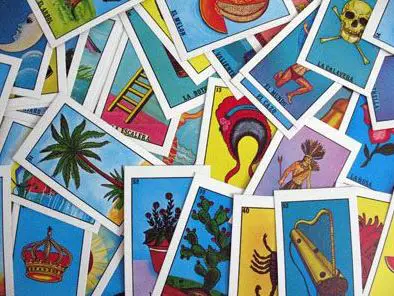
- El Venado, “The Deer”
- El Sol, “The Sun”
- La Corona, “The Crown”
- La Chalupa, “The Canoe”
- El Pino, “The Pine Tree”
- El Pescado, “The Fish”
- La Palma, “The Palm Tree”
- La Maceta, “The Flowerpot”
- El Arpa, “The Harp”
- La Rana, “The Frog”
Each image is assigned a rhyme or verse, and sometimes these are used instead of calling out the name of the image. An example would be card number 28, La Sandía, or “The Watermelon.” The rhyme, in Spanish goes like this: “La barriga que Juan tenía, era empacho de sandía.” ”The swollen belly that Juan had, was from eating too much watermelon.” Others may not rhyme, as in the case of image number 47, La Corona or “The Crown.” The phrase in Spanish calls La Corona, “El sombrero de los reyes,” or “The hat of kings.” Some phrases or rhymes differ according to who is publishing the game. For example, one company uses this phrase in connection with La Campana, or “The Bell”: “Una viejita con un solo diente, llama a toda la gente.” In English this loosely translates to, “A little old woman with only one tooth, calls out to everybody.” In the Don Clemente version they say this in connection with the bell: “Tú con la campana y yo con tu hermana.” ”You with the bell and I with your sister.”
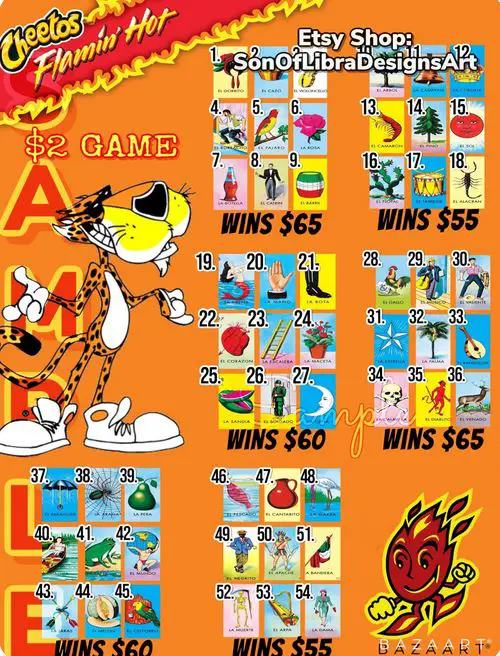 Many people mistake the Lotería cards for fortune-telling cards or a Tarot deck, but they are never used in divination or in the occult arts. Some of the images have caused offense to modern people, especially in the United States. While Don Clemente has kept to the original for the most part, in other published games El Negrito, “The Little Black Man” is seen as a racist stereotype and has been replaced. Also, La Botella, or “The Bottle” has gone from a beer bottle or a bottle of tequila, to a bottle of ketchup or hot sauce. In more modest versions of the Lotería game, the bare-breasted La Sirena, “The Mermaid,” has her breasts covered up by seashells. In still other versions, El Valiente, “The Valiant Man” is shown without his knife, to cater to non-violent sensibilities. In addition to modern-day politically correct edits to the traditional Lotería images, there exist dozens, if not hundreds, of other varieties of the game with different themes. In the 1930s the Catholic Church in Mexico came up with its own very religious version of the game. An explosion of different varieties occurred starting in the early 21st Century, mostly coming from the United States, including a few made with a pandemic theme. Images from all games are recycled, upcycled and otherwise incorporated into various craft projects and “merch,” from coasters, to earrings, to decoupaged vases, to t-shirts and wedding invitations. The creativity expressed in connection to these images is limited only to the imagination. With a renewed interest in the game in the past few years in the face of bored people living in lockdowns, Mexico’s Lotería game experienced a renaissance of sorts. Also, within the past decade Lotería apps have been developed along with online multiplayer games. It seems like the concerns that María and I expressed over the phone back in 2014 were misplaced. The iconic Mexican Lotería game is not in danger of going away anytime soon.
Many people mistake the Lotería cards for fortune-telling cards or a Tarot deck, but they are never used in divination or in the occult arts. Some of the images have caused offense to modern people, especially in the United States. While Don Clemente has kept to the original for the most part, in other published games El Negrito, “The Little Black Man” is seen as a racist stereotype and has been replaced. Also, La Botella, or “The Bottle” has gone from a beer bottle or a bottle of tequila, to a bottle of ketchup or hot sauce. In more modest versions of the Lotería game, the bare-breasted La Sirena, “The Mermaid,” has her breasts covered up by seashells. In still other versions, El Valiente, “The Valiant Man” is shown without his knife, to cater to non-violent sensibilities. In addition to modern-day politically correct edits to the traditional Lotería images, there exist dozens, if not hundreds, of other varieties of the game with different themes. In the 1930s the Catholic Church in Mexico came up with its own very religious version of the game. An explosion of different varieties occurred starting in the early 21st Century, mostly coming from the United States, including a few made with a pandemic theme. Images from all games are recycled, upcycled and otherwise incorporated into various craft projects and “merch,” from coasters, to earrings, to decoupaged vases, to t-shirts and wedding invitations. The creativity expressed in connection to these images is limited only to the imagination. With a renewed interest in the game in the past few years in the face of bored people living in lockdowns, Mexico’s Lotería game experienced a renaissance of sorts. Also, within the past decade Lotería apps have been developed along with online multiplayer games. It seems like the concerns that María and I expressed over the phone back in 2014 were misplaced. The iconic Mexican Lotería game is not in danger of going away anytime soon.
To order a Loteria game, go here: https://www.etsy.com/listing/197068742/20-board-traditional-original-mexican?ref=listings_manager_grid
Or here: https://amzn.to/3jneM2Z
We are an Amazon affiliate the above link is to our Amazon store.
REFERENCES
Personal experience, online research

2 thoughts on “Loteria, The Story of Mexican Picture Bingo”
There’s an obscure expansion to the Loteria that goes from 55-108, called the Clemente Series 2. I think these should see a reprint to revive interest in the game, I haven’t been able to find them made anywhere.
https://loteria.elsewhere.org/clemente2a/
I’ve been selling Loteria for over 20 years and I have NEVER seen these. I wish they would start printing them up again. Also, I wish they would go higher than having 20-board game packets. I have many requests for 40+ different boards in a pack so that more people can play. They won’t listen to me, though. 😉